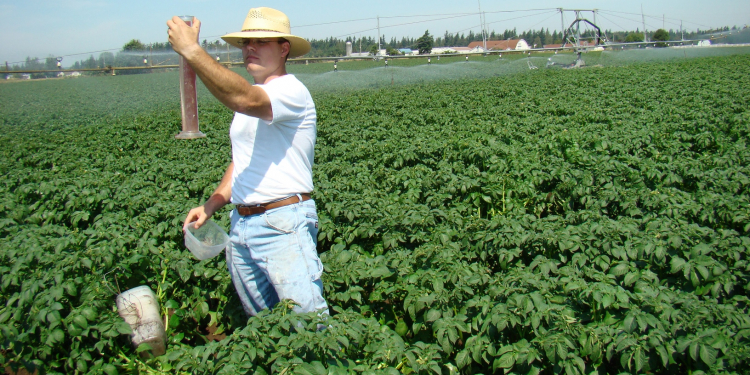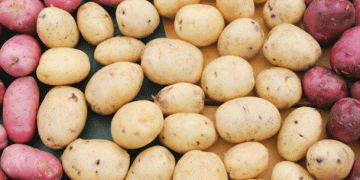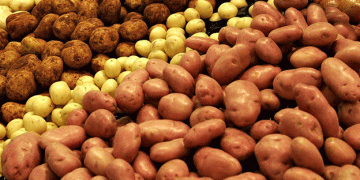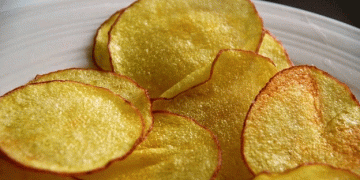A new University of Illinois-led study identifies obstacles and solutions to improve performance and adoption of irrigation decision support tools at the field scale.

With threats of water scarcity complicating the need to feed a growing global population, it is more important than ever to get crop irrigation right. Yet few farmers use science-based tools to help them decide when and how much to water their crop, according to a new University of Illinois-led study.
Soil moisture sensors and cameras
Where some fields are equipped with soil moisure sensors or cameras, there aren’t enough of them to provide accurate information across fields. Also, spatial and temporal resolution of satellite images is often too large to help make decisions at the field scale, say the researchers. The researchers therefore pioneered a way to fuse high-resolution and high-frequency satellite data into one integrated high spatial-temporal resolution product to help track soil and plant conditions.
Get a fully scalable solution remotely
Based on remote sensing fusion technology and advanced modeling, the scientists say they can help farmers get a fully scalable solution remotely, which could be a revolutionary technology for farmers. “Not only in the U.S., but also smallholder farmers in developing countries”, Kaiyu Guan, assistant professor in NRES, Blue Waters professor with the National Center for Supercomputing Applications, and project leader on the study, said.
Redefine drought
With modern satellite technology and Guan’s fusion model, data acquisition wouldn’t be a limiting factor in future precision irrigation products. However, the scientists emphasise it’s still important to define plant water stress appropriately. Guan’s group recently called for the agricultural industry to redefine drought, not based on soil moisture alone, but on its interaction with atmospheric dryness.
Jingwen Zhang, postdoctoral researcher in the Department of Natural Resources and Environmental Sciences (NRES) at Illinois and lead author on the article in Environmental Research Letters, said: “If we consider the soil-plant-atmosphere-continuum as a system, which reflects both soil water supply and atmospheric water demand, we can use those plant-centric metrics to define plant water stress to trigger irrigation.”
“If we use our data fusion methods and process-based modelling, we can achieve precision irrigation with very high accuracy and also high resolution.”
Prototype for farmers
The researchers also looked at challenges regarding farmer adoption of existing decision support tools. According to the study, farmers will be more likely to adopt precision irrigation decision tools if they are accurate down to the field scale, flexible, and easy to use. Technologies to fill this need are being developed and tested in irrigated fields in Nebraska.
Researchers say they have real-time evapotranspiration data, and they are adding the soil moisture component and the irrigation component. A prototype is expected to be launched in less than a year, which then can be tested among the farmer community.

Soil moisture sensors
Last year, Swinkels also started using four soil moisture sensors to map the amount of soil moisture and the ability of the soil to absorb water. The intention was that these would help him further fine-tune his irrigation strategy. “While the sensors gave me a lot of extra information last season, interpreting the data correctly was quite a chore. They calculate with moisture percentages, whereas I am used to working with millimeters. As a result, the traditional rain gauge and our own visual observations have remained the most important indicators for our irrigation strategy up to now.”





